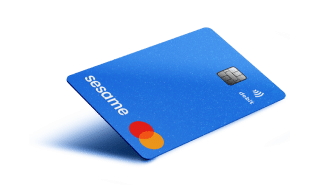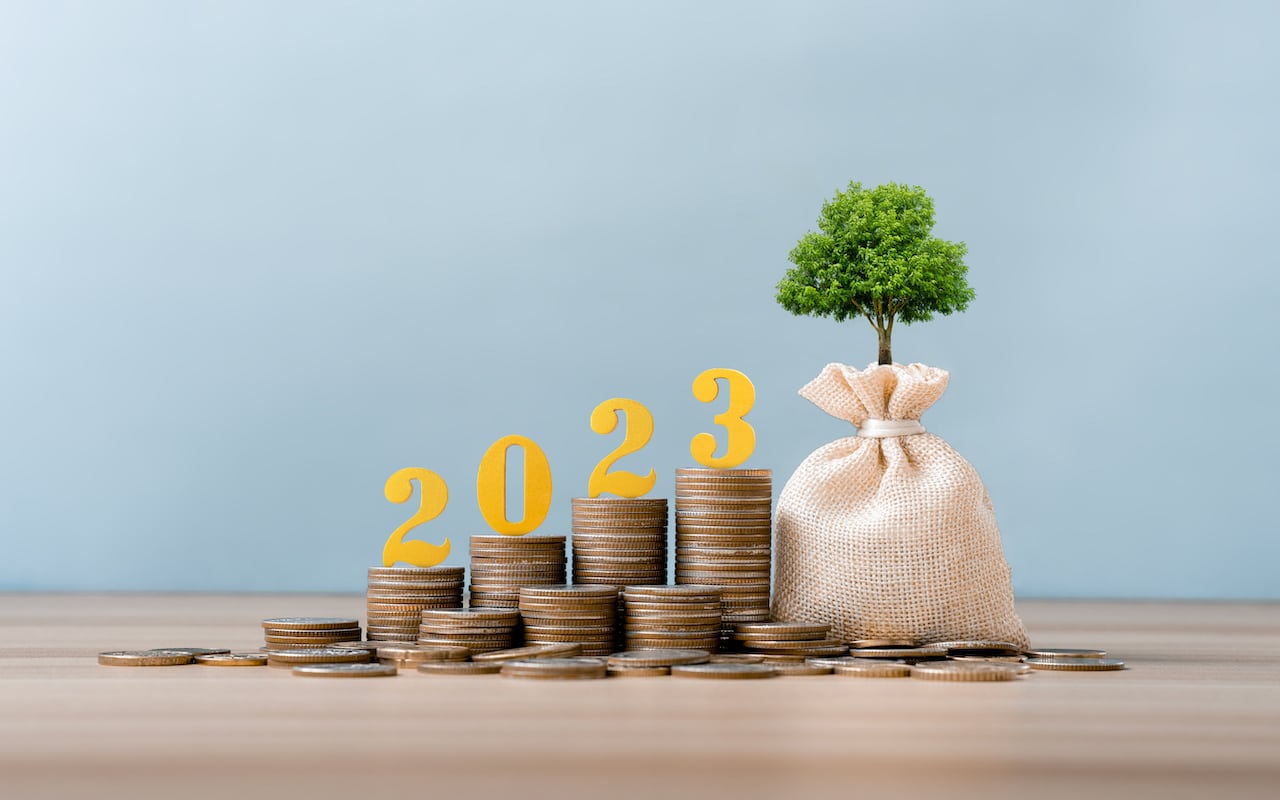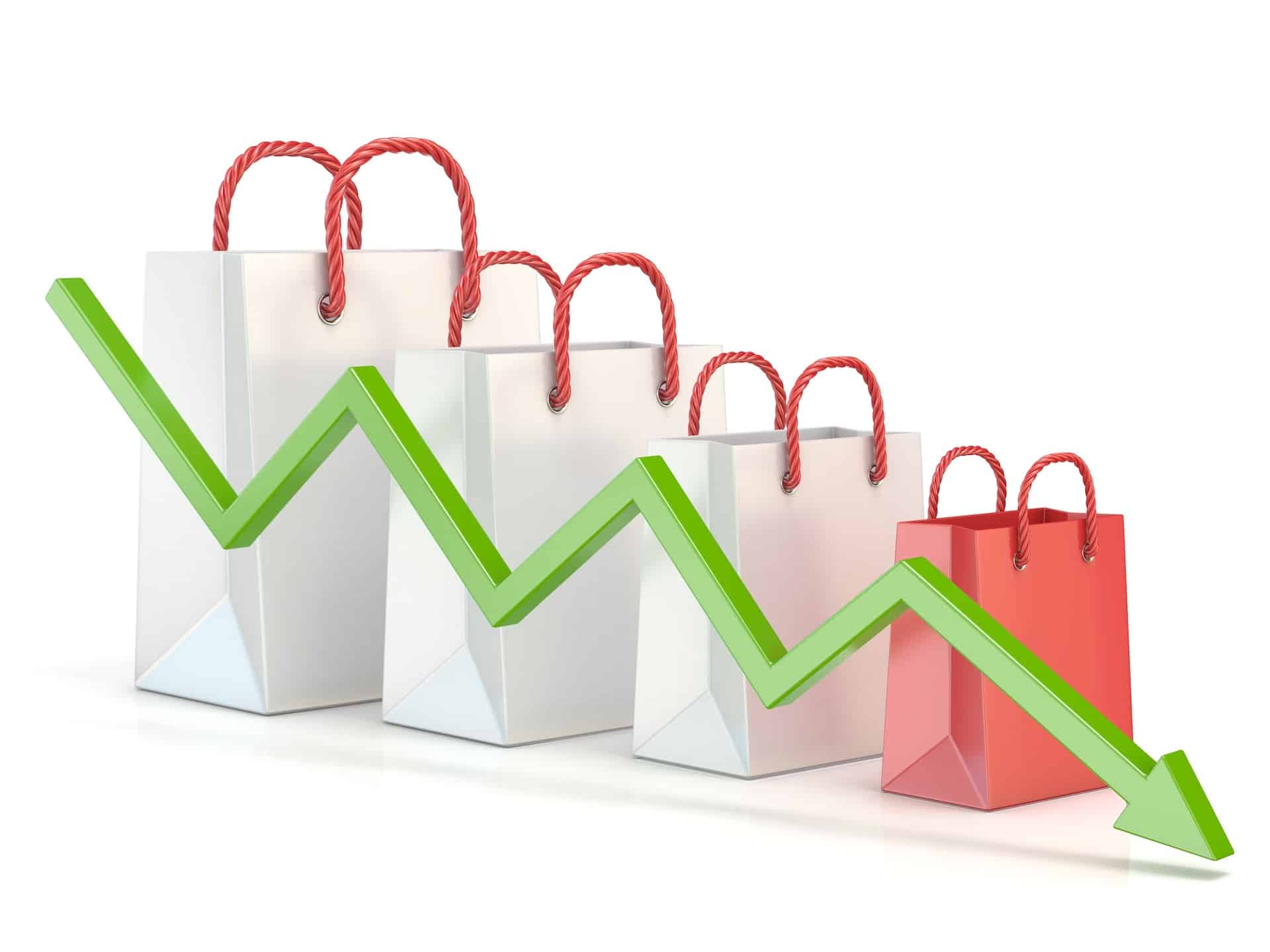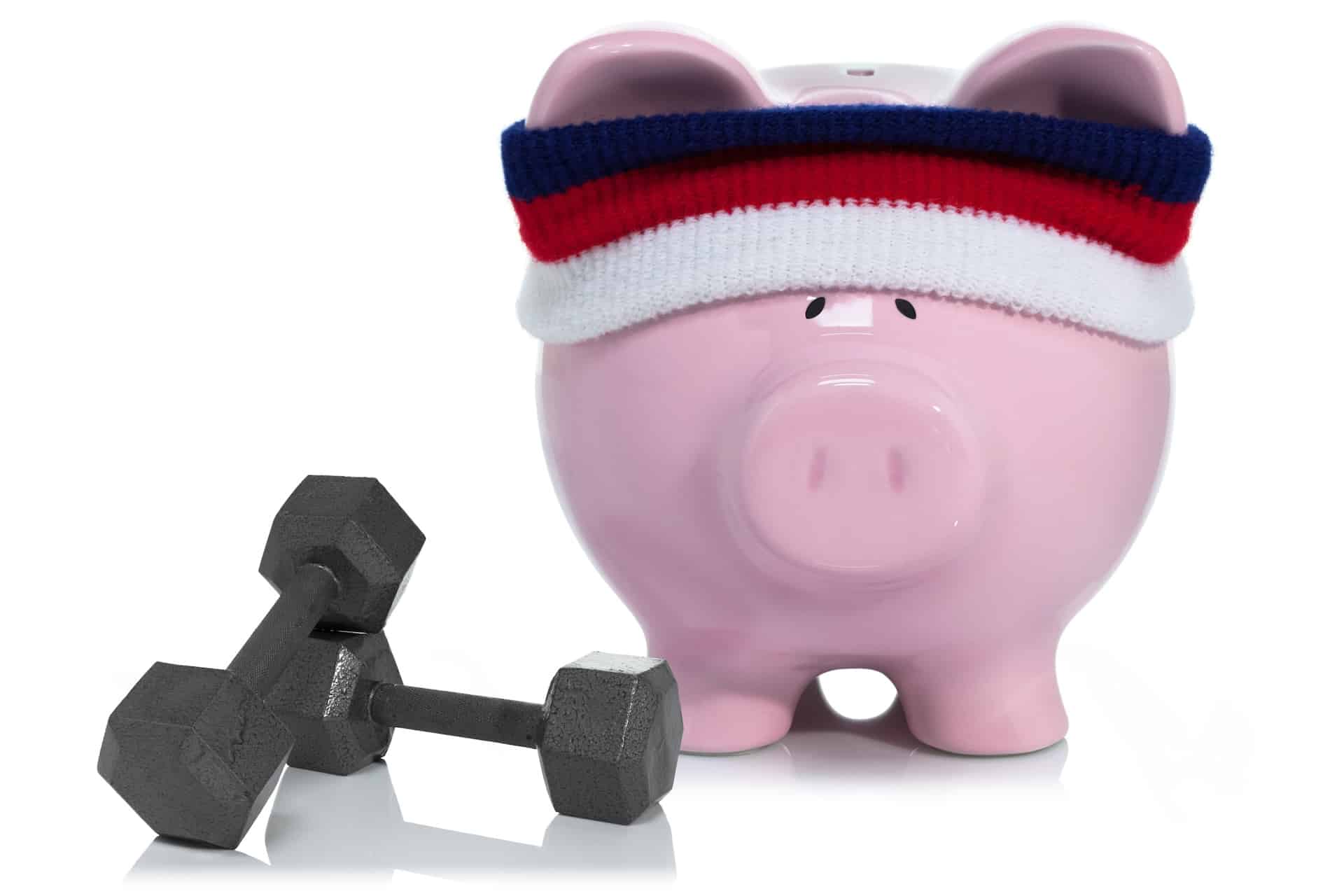Credit Sesame on the advantages of a new savings account in 2023.
It may make sense to stick with a checking account you’ve had for years to pay bills. A bank insured by the FDIC is a good place to put your money. But inertia isn’t a good thing when it comes to your savings. Is your bank keeping up with rising interest rates for savings in 2023? If your bank isn’t raising its interest rate on deposits, you may want to check out alternatives. Just like comparing insurance quotes every year, it’s a good idea to shop for the best savings account annually.
Interest rates are rising
As of early January 2023, the average high-yield savings account rate was around 3.30% APY (annual percentage yield). That’s up from an average of 0.5% APY earlier in 2022.
The Federal Deposit Insurance Corporation, or FDIC, reports that the national average savings account rate is 0.30% as of Dec. 19, 2022. That includes high-yield and traditional savings accounts, which lag in interest rate hikes. Online banks offer the best high-yield savings account rates.
Here’s an example of how much of a difference a higher savings account interest rate can affect your money.
- $1,000 starting balance
- $100 per month added
- $2,200 total saved
| Annual Percentage Yield | Balance after one year |
| 0.30% | $2,204 |
| 2.75% | $2,245 |
| 4.00% | $2,267 |
Why rates change
The Federal Reserve raised the target federal funds rate by 0.50% in mid-December in its continuing effort to lower inflation. It was the seventh consecutive rate hike in 2022, for a total hike of 4%. Interest rates haven’t been this high since December 2007.
The federal funds rate is 4.25% to 4.50%, and usually causes banks to raise rates on savings accounts and other interest-bearing accounts they offer. Credit card holders who carry balances and mortgage debt, among other types of loans, usually suffer when rates rise. Savings account holders, however, benefit.
The APY on a savings account is variable, so any changes can be temporary.
More rate increases projected
The target federal funds rate rise by the Fed in December was its seventh consecutive interest rate hike. The group within the Fed that makes interest rate decisions expects rates to rise to 4.6% this year.
Reuters reports that a majority of economists polled projected a slightly higher increase. They forecast that in the first quarter of 2023 it could peak at 4.50%-4.75%.
The Fed can change its mind, of course, if inflation slows down and other economic conditions change. But as Credit Sesame reported earlier, Federal Reserve Chairman Jerome Powell has said rates might exceed projections.
There’s room for rates to go higher
While experts have projected higher rates, other factors also point to interest rates not being as high as they could be. Even after rising 4% last year, the Fed rate has averaged 4.89% over the last 50 years, the Credit Sesame analysis found that a 1% additional increase would get the rate back to that average.
Historically, interest rates are higher than inflation. Over the past 50 years, the Fed rate averaged 0.91% above the growth rate in the Consumer Price Index, by which inflation is measured. The annual inflation rate in the U.S. for the 12 months ended November 2022 is 7.1% The Fed rate would have to about double just to meet the inflation rate, or inflation would have to drop.
Good time to start an emergency fund
If you don’t have an emergency fund, a high-yield savings account at a time when interest rates are rising is a good time to start one.
A good rule of thumb is to have 12 months of living expenses in an emergency fund, though you may be okay with three to six months of savings if you’re married and only one earner in the family loses their job. But even with two people fully employed, emergencies can be difficult to pay for without an emergency fund.
Open a new savings account in 2023 and save for short-term goals
If you already have a solid emergency fund, then high-yield savings accounts can be good places to save for short-term goals too. An upcoming vacation, car or home down payment, Christmas fund, or a big-ticket item such as replacing a refrigerator that’s on its last legs are all expenses you may want to save for.
You can set your savings goals as far out as you want to. Savings accounts are generally safe, risk-free accounts that offer liquidity so that you can withdraw from them whenever you need to without paying a penalty. You may have to tie your money up for a year or longer for higher interest rates.
Other accounts such as certificates of deposit, money market accounts, IRAs and investments in the stock market can pay higher returns, but they can be more volatile and charge fees for withdrawing funds before a set maturation date.
If you’re saving to buy something within a year, or are preparing for emergencies that can happen at anytime, then you probably don’t want to give some of your savings away in bank fees for an early withdrawal.
If you enjoyed Open a New Savings Account in 2023 you may be interested in:
- Working on Building Your Savings? Try These 5 Tips
- Improve Your Finances With a Passive Income Stream
- Time to Take a Fresh Look at Your Bank Services
Disclaimer: The article and information provided here is for informational purposes only and is not intended as a substitute for professional advice.




















